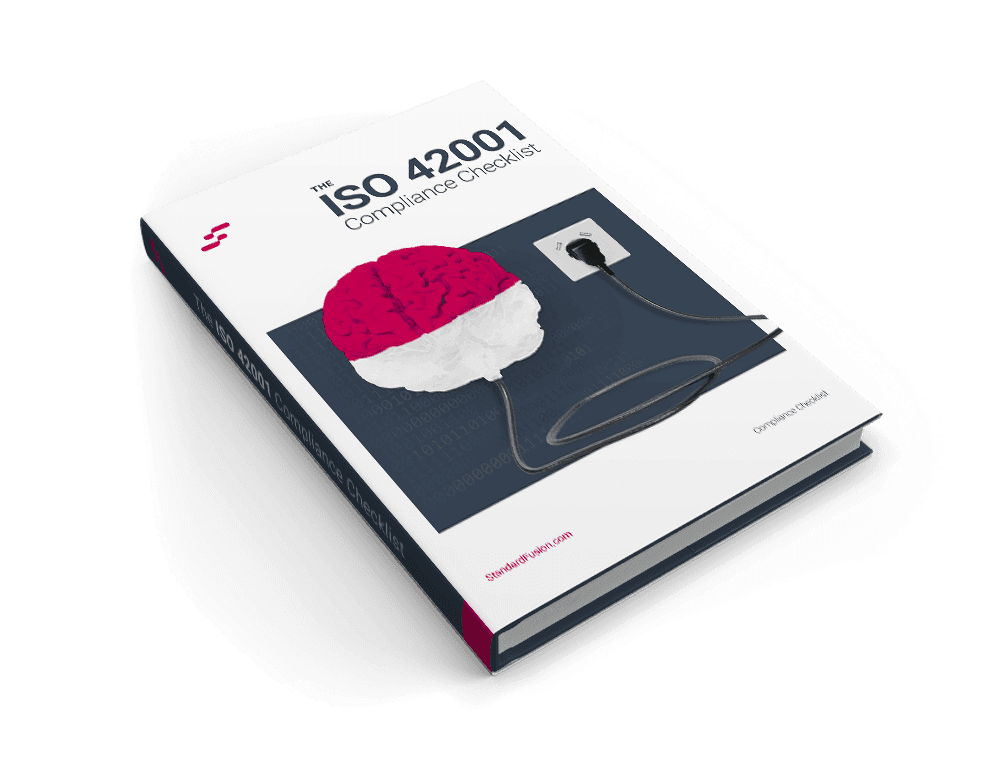Published on: Jan 7, 2025
| Updated: Jan 31, 2025
What is OSCAL?
The Open Security Controls Assessment Language (OSCAL) is transforming the way organizations manage compliance by providing a universal language and data model for compliance information. This standardization allows different tools and teams to effectively share compliance data, making processes more efficient and improving communication across the board.
Designed to address the challenges of traditional, manual compliance methods, OSCAL helps bridge the gap between compliance and operational needs to empower organizations to achieve faster, more reliable compliance outcomes while maintaining robust security and operational agility.
How Does OSCAL Work?
OSCAL is designed to simplify compliance processes through establishing a common language. It uses machine-readable formats like XML, JSON, and YAML to make sharing, analyzing, and automating compliance data more efficient. By reducing manual effort, OSCAL has improved reporting efficiency by up to 60% for some organizations.

OSCAL is made up of four core components:
Catalogs: These are collections of security controls describing necessary measures to protect company assets. Catalogs also serve as the foundation for compliance assessments.
Profiles: Customized versions of catalogs tailored to specific needs or regulations. Profiles help companies to align their security controls with specific frameworks or requirements.
System Security Plans (SSPs): SSPs document how an organization implements its security controls. They outline the controls in place, how they are applied, and their overall effectiveness in securing systems.
Assessment Plans and Results: These describe how security controls are tested and assessed. Assessment plans lay out the methods, while results show how well the controls meet compliance standards.
OSCAL integrates with existing tools and frameworks, such as those used for risk management and auditing. This enables organizations to adopt OSCAL without overhauling their current systems. By automating and aligning compliance efforts across tools, OSCAL ensures consistency, accuracy, and streamlined workflows.
What Makes OSCAL Different and What are the Benefits?
Whereas many GRC tools, like StandardFusion, focus on automating operational tasks—such as evidence collection, task assignments, and reporting—OSCAL operates at a foundational level by providing a universal language and data model for compliance information.
This distinction benefits organizations and tools in the following ways:
Standardized Data Format for Security Controls
OSCAL transforms compliance information, such as security control catalogs, system security plans, and assessment plans, into machine-readable formats like JSON, XML, or YAML. This structure ensures consistency across different tools and departments with an organization making compliance data interoperable.
Interoperability Across Systems
Unlike traditional evidence-gathering automations that are often tool-specific, OSCAL enables seamless data exchange between third-party tools and GRC platforms, and auditors by adhering to a shared standard. For example, compliance documentation created in OSCAL can be imported into another tool without requiring extensive reformatting due to the machine-readable format and structure of data.
Automation at the Policy and Control Level
OSCAL supports the automated validation of system configurations and policies against various compliance frameworks. This means it bridges the gap between high-level control requirements and their technical implementation, allowing for more dynamic and accurate compliance checks.
Audit-Ready Documentation and Streamlined Assessments
By structuring security plans and controls in a uniform format, OSCAL reduces the manual effort required by organizations for audit preparation and review. This ensures that auditors and assessors can easily parse and validate compliance information, saving time and improving overall accuracy.
Tool-Agnostic Enablement
OSCAL doesn't perform automation itself but enables automation in tools such as GRC platforms by serving as a universal compliance "translator” due to its format. This reduces the friction caused by proprietary formats and promotes broader organizational collaboration, especially amongst teams using different tools.
Real Life Examples of OSCAL
As an emerging framework, OSCAL is being adopted among organizations aiming to enhance and automate their compliance processes. Notable adopters include:
FedRAMP Standard
In 2022, FedRAMP received their first OSCAL System Security Plan (SSP), marking a significant milestone in automating security documentation processes. FedRAMP continues to encourage the use of OSCAL to streamline compliance activities across federal agencies and cloud service providers. This simplifies the process of creating and maintaining System Security Plans (SSPs) and automates the assessment of security controls, such as with NIST 800-53. This makes it easier to meet these rigorous standards and allows agencies to streamline their authorization processes and manage multiple regulatory frameworks more efficiently.
Google Cloud
In 2023, Google Cloud announced the successful submission of its first complete OSCAL package. This was part of their strategy to support scalable compliance and provide a unified source of truth for security documentation. By integrating OSCAL, Google Cloud aims to automate security assessments and improve compliance transparency for its customers. U.S. Department of Veterans Affairs (VA) The VA became the first federal agency to submit an OSCAL SSP to the Federal Risk and Authorization Management Program (FedRAMP). This pioneering effort underscores the VA's commitment to automating risk management and expediting the deployment of secure technologies.
Broader Adoption Potential
While OSCAL is currently most used in government-related frameworks, its flexibility makes it a strong candidate for broader adoption across industries. As more companies look to streamline their compliance frameworks, OSCAL could be widely adopted by businesses in sectors like finance, healthcare, and tech, where security and regulatory requirements are crucial.
How do OSCAL and StandardFusion Complement Each Other?
StandardFusion excels at automating compliance workflows, such as evidence collection, issue tracking, and reporting, providing operational efficiency. Whereas OSCAL enhances these GRC capabilities by standardizing the way compliance data is created and shared, enabling faster integration with other tools and assists in managing complex compliance frameworks.
In short, OSCAL isn’t just about automation—it’s about creating a foundation for compliance data to flow seamlessly across systems, enabling better interoperability, and more efficient audit processes. For organizations using GRC platforms like StandardFusion, adding OSCAL in conjunction with their GRC tool is an opportunity to further expand automation capabilities into data standardization and advanced integrations.
If you’re looking for an easier way to manage your compliance and risk processes, StandardFusion is here to help you. Our holistic GRC platform will help you streamline framework management, audits, policies, vendor management, and more.
Key Takeaways
OSCAL is a powerful basis that helps organizations streamline their compliance processes. Automating tasks and using machine-readable formats makes compliance reporting, audits, and assessments faster and more accurate.
Here’s why OSCAL matters:

Adopting OSCAL standardizes how compliance data is structured, shared, and processed so organizations can save time, increase efficiency, and help you meet security standards more effectively.







